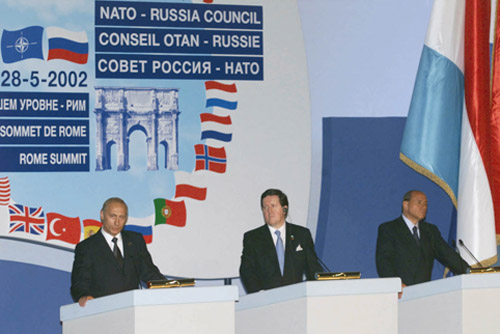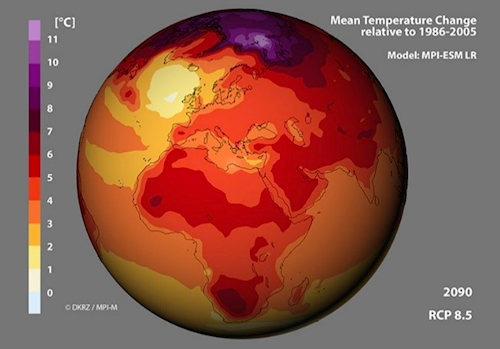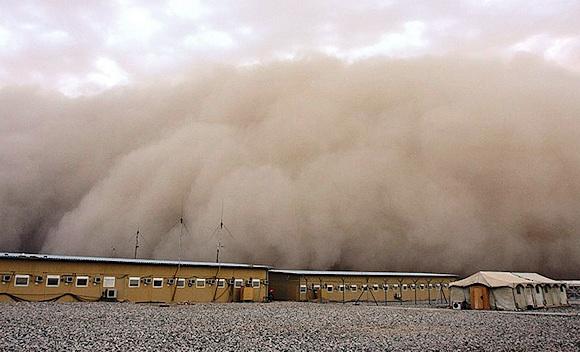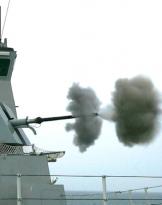Reading here and there in the media, one often reads incorrect information, distorted by ideological prejudices that do not reflect the reality of things.
Among the many victims of bad information we have the Atlantic Alliance often accused of being ideologically "in tow of the US will".
Why aren't things like this...
NATO is today an Alliance of 31 nations who share the same mission, which is to preserve the peace, security and territorial integrity of the member states of the Alliance by maintaining their identity and sovereignty. To this end, it has a political structure, equal among all nations, and a military one that sees the involvement of the various countries both from an organizational point of view and from the forces in the field. In particular, before 2002, the two supreme commands of NATO were known as allied command Europe, founded in 1951 with headquarters first in Paris and then in Brussels, e Allied Command Atlantic created in 1952 with headquarters in Norfolk, Virginia.
The military structure evolved over time considering the political changes during and after the Cold War. Thus it was that, at the end of the latter, the initial command structure increased from 78 headquarters to 20.
 The turning point was 2002 when the decision was made to reorganize the command structure to make it leaner and more efficient. It was not a simple organizational change but a conceptual one; the countries adhering to NATO, in the face of the new geopolitical order which at the time saw Russia directed towards an opening towards the western world, hoped to embark on a new road which would have ensured mutual benefits.
The turning point was 2002 when the decision was made to reorganize the command structure to make it leaner and more efficient. It was not a simple organizational change but a conceptual one; the countries adhering to NATO, in the face of the new geopolitical order which at the time saw Russia directed towards an opening towards the western world, hoped to embark on a new road which would have ensured mutual benefits.
Il Atlantic council he saw fit to change the command structure based on functionality rather than mere geographic distribution. In accordance with this common will, the then Atlantic Operational Command (SACLANT) and that European (SACEUR) merged into a new one operational supreme command, ACO, allied command for operations, responsible for all Alliance operations, obviously including maritime operations in areas even outside those of NATO responsibility.
THEallied command atlantic (SACLANT) turned intoallied command transformation (ACT), responsible for guiding the Alliance in its process of adaptation to face future challenges through the study of present and future social dynamics and destabilizing factors. A multidisciplinary team composed of military and civilians was thus created to dynamically analyze all the economic, environmental and political aspects and harmonize the available resources. A complex process that began in a very delicate moment in which, following the disintegration of the Warsaw Pact, new nations were approaching NATO eager to join the Alliance. A work of more than two years of continuous contacts, in which the requesting countries (the nations they must apply to join the Alliance) were thoroughly analyzed to understand their reliability from a political, economic and military point of view, and then guided in their adaptation to a western organizational model.
 Among the many studies carried out in that period I would like to mention the Multiple Futures Project (MFP), which lasted over two years with the participation of numerous prestigious universities from various countries, which was presented to the international community in 2009. In simple terms, by analyzing all the destabilizing elements foreseeable in a time frame set for 2030, areas of weakness where to invest to mitigate the negative effects of the so-called near future. Real social challenges that unfortunately have turned out to be topical; to name just a few: increase in desertification, genesis of new ones epidemic, forced migrations of large masses of individuals and the increase of criminal activities both on land and at sea.
Among the many studies carried out in that period I would like to mention the Multiple Futures Project (MFP), which lasted over two years with the participation of numerous prestigious universities from various countries, which was presented to the international community in 2009. In simple terms, by analyzing all the destabilizing elements foreseeable in a time frame set for 2030, areas of weakness where to invest to mitigate the negative effects of the so-called near future. Real social challenges that unfortunately have turned out to be topical; to name just a few: increase in desertification, genesis of new ones epidemic, forced migrations of large masses of individuals and the increase of criminal activities both on land and at sea.
A vision confirmed by the events of the last five years which have influenced the social policies of many Allies, underlined during the recent 2023 NATO Summit in Vilnius, at the end of which the Alliance published three major reports on its climate strategy:
– an evaluation of theimpact on collective security of climate change; a series of case studies highlighting meteorological conditions in relation to operational stress, degradation of military equipment and future operations;
– a compendium of best practices or a collection of ongoing efforts in the Alliance on measures to mitigate the effects of climate change (energy efficiency, sustainable technologies and system innovation);
 – an analytical methodology of mapping of greenhouse gas emissions, including those of civil and military infrastructure.
– an analytical methodology of mapping of greenhouse gas emissions, including those of civil and military infrastructure.
These reports, which will influence future strategic concepts, consider current climate trends, and have been developed with the support of academic and industry partnerships to address thorny issues such as climate terrorism. An academic effort in which NATO has decided to equip itself with a new one center of excellence to study the relationship between climate change and security, which will soon be developed in Montreal, Canada.
In a nutshell, the relations between climate change and collective security were key topics during the Vilnius Summit to the point that, the deputy secretary general Mircea Geoană reiterated that “Climate change is an existential threat to the future of our planet and, therefore, is important for our security. NATO is not, and should not, be absent from any new facet of this new definition of security.".
Strong words that have roots in the last century, in 1969, when NATO recognized for the first time the new environmental threats by establishing the Committee on the Challenges of Modern Society. An interest pursued for years with various study groups also with the participation of nations not part of the Alliance, culminating with the birth of theallied command transformation, the supreme command which, twenty years after its birth, continues to carefully consider the effects of environmental changes on global security: from the new sea routes made available by the melting of the ice in theHighNorth, to local instability situations linked to the climate. Areas where the lack of drinking water, due to the prolonged droughts in many sensitive areas of the world, or the rising sea levels following the melting of the ice will create the conditions for uncontrolled migrations, managed by the new slave traders of the third millennium, and the development of criminal phenomena such as piracy and drug trafficking.
A factor, the climatic one, which therefore continues to be of the attention of the Alliance as it prepares to face the new challenges of the third millennium.
Photo: Bundeswehr / Kremlin / NATO
(article originally published on https://www.ocean4future.org)












